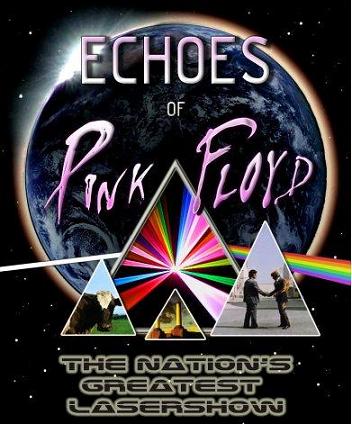
Whether it's an easy listening set playing the likes of The Eagles to Amy Winehouse, or a fun and upbeat set playing Stevie Wonder to The Stereophonics, Echoes are capable of turning their hand to anything musically.īook Echoes and discover their talented, entertaining and loveable acoustic styleĮchoes love to play a mixture of different events and venues. Their ability to flip between Adele’s booming track Someone Like You to the soft sounds of Fast Car by Tracy Chapman makes them a leading choice in the UK for any event. Performing their own twist on tracks that everybody can get into and enjoy, Echoes can be trusted with a varied playlist. Playing classics and chart-topping hits of the 50s, 60s, 70s and 80s through to the present day, you can submit your requests to get the songs you love played for you and your guests. With experience playing a mixture of different genres and eras, Echoes are certain to lift the spirits, set the mood and top off every celebration you have planned. Are you organising a birthday party for someone that loves 80s classics? Have you got to find the perfect balance between old and young? Whatever requirements you have, Echoes will accommodate to it with their passion for music and unparalleled acoustic style. The pair are ideal for any occasion because they can tailor their playlist to suit the mood and style of the specific event. The polarimetric variables obtained by Ka-band polarimetric cloud radar are useful in distinguishing between CAEs and hydrometeor echoes.Echoes is an acoustic duo is made up of siblings, Dominic and Natasha, who have been performing together for five years. The depolarization ratio, defined using Z DR and ρ hv, could be effective in distinguishing this type of CAE and hydrometeor echoes observed by Ka-band polarimetric cloud radar.

However, the larger Z DR, smaller ρ hv, and larger variability of Ψ DP in the range direction, associated with the horizontally widespread echoes, were consistent with the characteristics of insect echoes. The upper limit of Z e and the distributions of Z DR and ρ hv were inconsistent with the characteristics of Bragg scattering observed by S-band (10-cm-wavelength) radar in previous studies. In comparison with cloud/precipitation echoes, the copolar correlation coefficient ( ρ hv) of the CAEs was smaller (< 0.9), while the variability of the total differential phase (Ψ DP) in the range direction was larger. The differential reflectivity ( Z DR) values of the CAEs were largely positive (1.8 dB) with large standard deviation at 18:00 local time, i.e., considerably larger than those of cloud/weak precipitation echoes (0.4 dB) observed simultaneously. Range–height indicator observations showed CAEs were restricted to heights of < 1.5 km. After sunset and into the early part of the night, Z e decreased rapidly. value > −15 dBZ) occurred within the radar observation range in the early afternoon. The equivalent radar reflectivity ( Z e) increased with time after sunrise and horizontally widespread echoes (max. On the studied day, CAEs showed evident diurnal variation. The objective was to establish the potential for distinguishing CAEs and hydrometeor echoes in the initial stage of cloud formation using Ka-band polarimetric cloud radar. In this study, the polarimetric variables of clear-air echoes (CAEs), that appeared on in the Tokyo metropolitan area, Japan, were investigated using Ka-band (8.6-mm-wavelength) polarimetric cloud radar capable of detecting non-precipitating clouds.


 0 kommentar(er)
0 kommentar(er)
